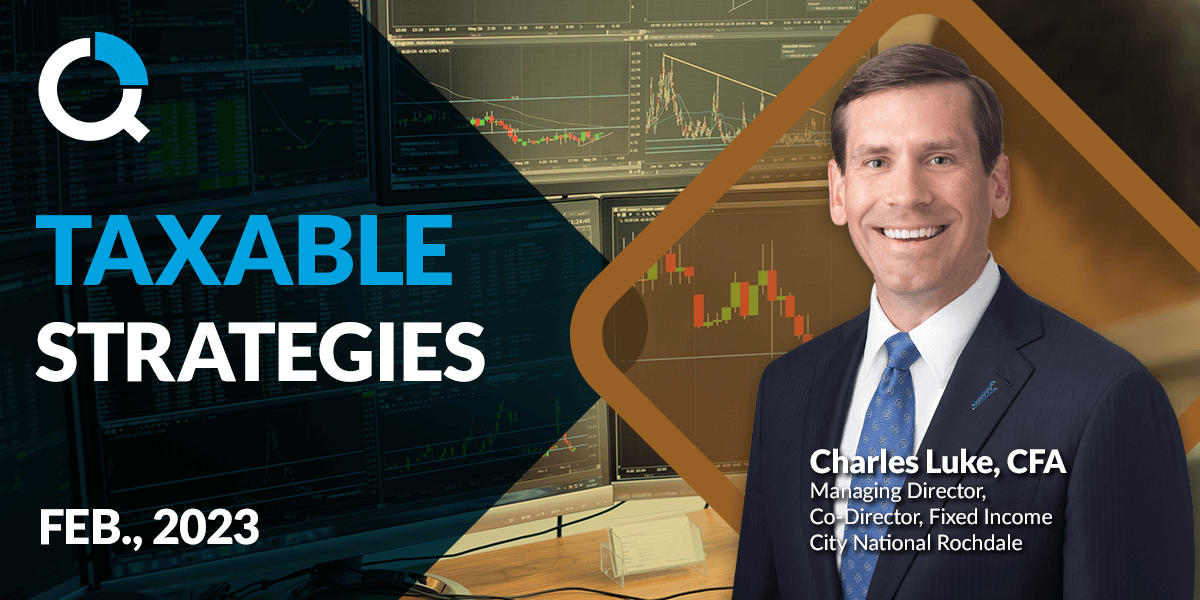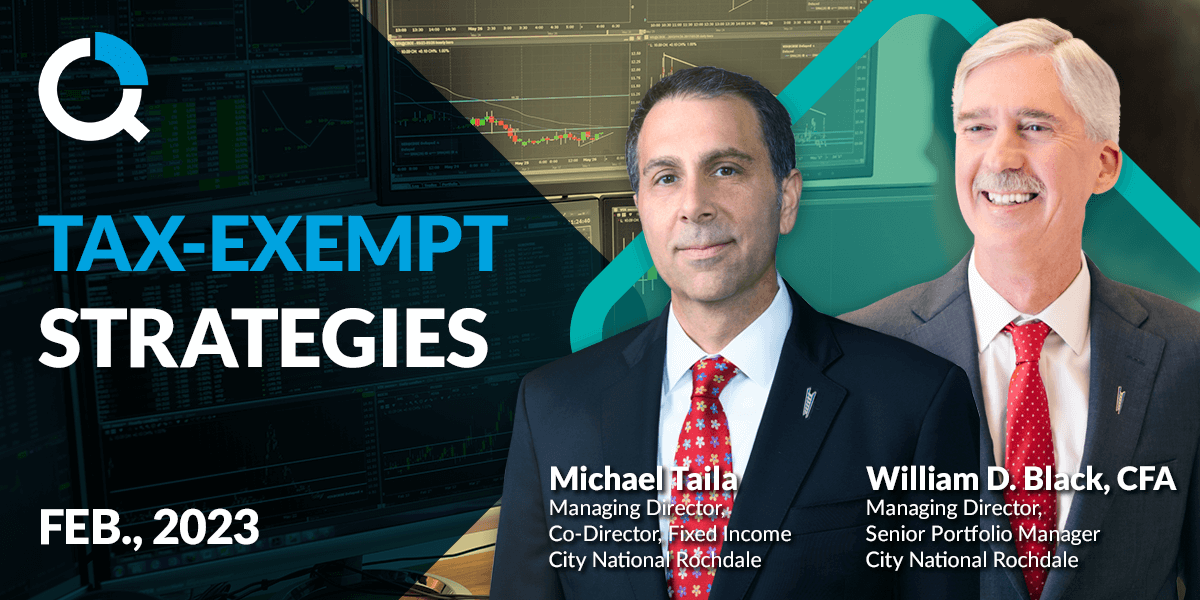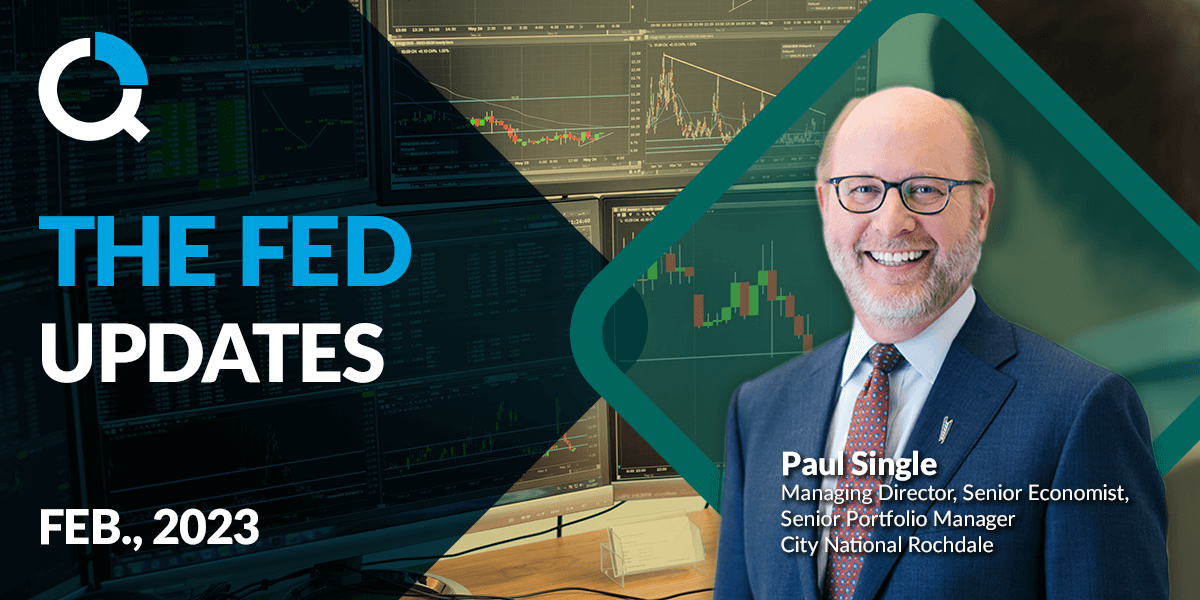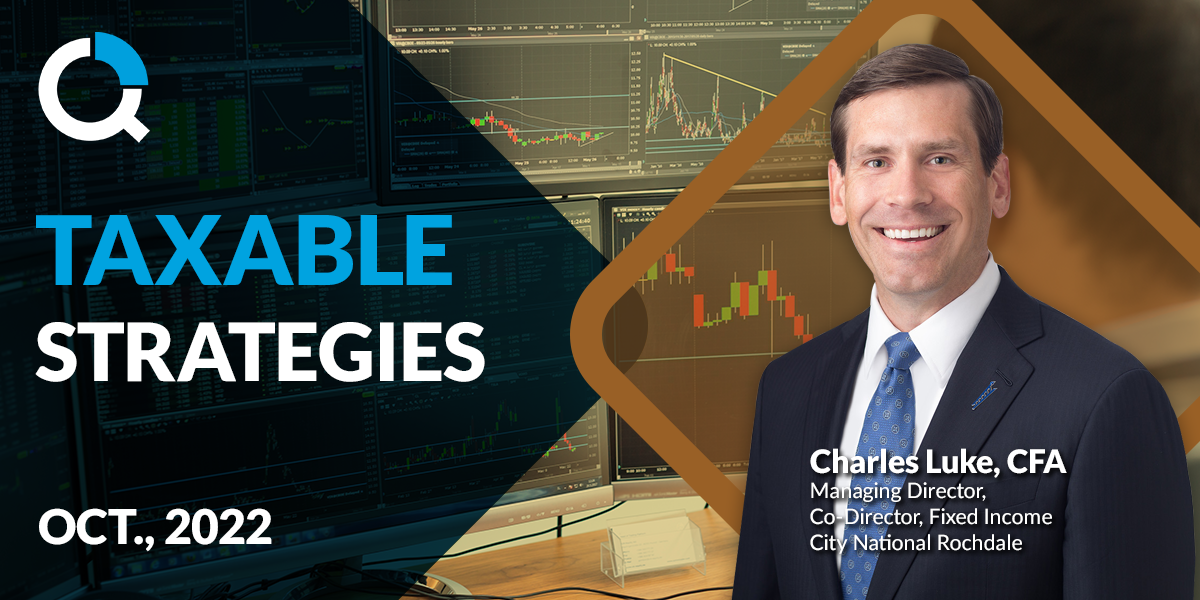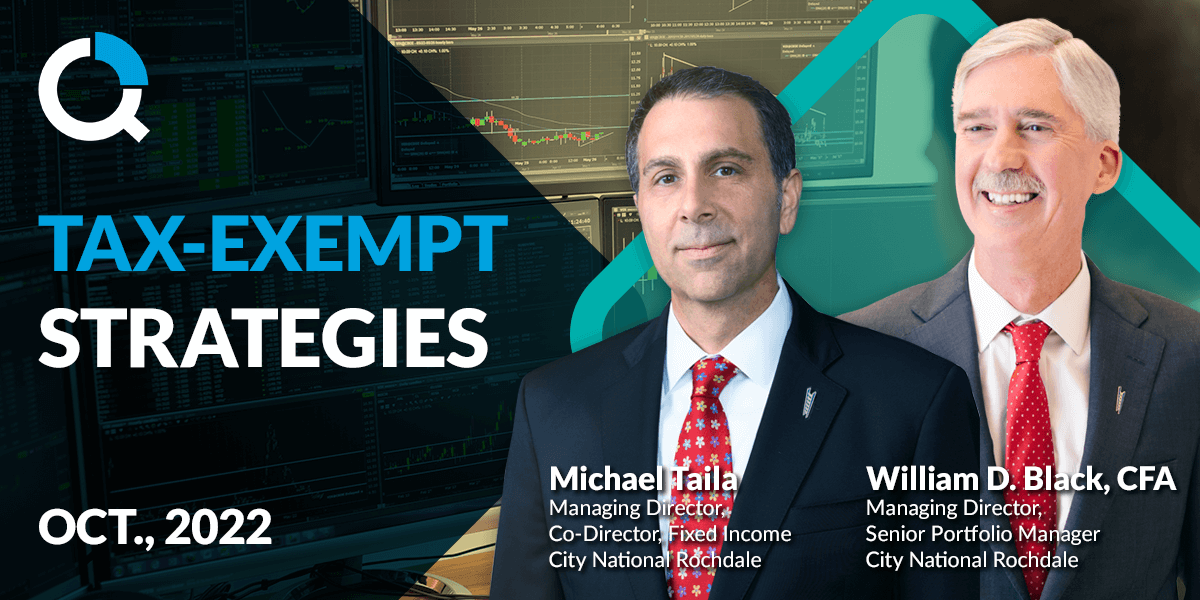
Bond Selloff Reflects Surging Inflation, Fed Tightening
Key Points
• Global bond markets continued to suffer during the second quarter
• Investment Grade and High Yield corporate spreads have moved higher, but not to worrisome levels
• The Fed is focused on fighting inflation at the expense of a potential recession
The global bond market continued its historic pullback during the second quarter, with the Bloomberg US Aggregate Bond Index falling -14.3% from its August 2020 high before rallying +1.6% in the last two weeks of June (chart 1).
This is more than double the next largest pullback, reflective of surging inflation and an increasingly hawkish tone from the Fed. US Treasury yields1 have jumped +1.5% year to date and +2.4% since their August 2020 low, (chart 2) weighing on bond valuations at a time when index2 interest rate sensitivity was near all-time highs.
Increasingly aggressive monetary policy also injected recession fears into credit markets, with investors expecting that rapidly increasing short-term rates will slow consumption and economic growth. Credit spreads have reflected this, with high-grade3 and high-yield4 corporate bonds trading +37bps and +224bps wider, respectively, than in the first quarter of 2022 (chart 3).
The second quarter saw a material change in market priorities, which had centered on: How high will inflation rise? Have we seen a peak? Can the Fed actually bring down inflation caused by supply side constraints? After the Fed’s June interest rate hike of 75bps (the first increase of this size since 1994) the market’s focus shifted quickly to: When will the economy begin to slow? The aggressive rate hike, with more to come, have pulled forward recessionary forecasts.
Given this outlook, it is likely short-term rates will continue to increase alongside Fed rate hikes, while yields on longer-maturity Treasuries may begin to steady. The 10-year Treasury yield posted a year-to-date peak of 3.48% on June 14 before finishing the quarter at 3.02%.
While interest rates have increased, credit concern within Investment Grade and High Yield remains under control. If a recession does occur, we expect defaults to rise to historical averages, which will create pressure on the market, especially within High Yield, given the potential for weakening economic fundamentals.
Volatility in rates and credit will create opportunities within taxable fixed income. We recommend utilizing episodes of weakness to build out allocations in line with strategic objectives.
Please Note: Past performance or performance based upon assumptions is no guarantee of future results. Indices are unmanaged and one cannot invest directly in an index. Index returns do not reflect a deduction for fees or expenses. Index returns do not include fees for trading costs (i.e., commissions) or any fees charged by your financial advisor, custodian, City National Rochdale or other third-party managers, and if they were included would reduce the returns.
Important Disclosures
1 Bloomberg Ticker “GT10 Govt”
2 Bloomberg US Aggregate Bond Index “LBUSTRUU Index”
3 Bloomberg US Aggregate Corporate Index “LUACOAS Index”
4 Bloomberg US Corporate High Yield Index “LF98OAS Index”
Any opinions, projections, forecasts and forward-looking statements presented herein are valid as of the date of this document and are subject to change.
The information presented does not involve the rendering of personalized investment, financial, legal or tax advice. This presentation is not an offer to buy or sell, or a solicitation of any offer to buy or sell any of the securities mentioned herein.
Certain statements contained herein may constitute projections, forecasts and other forward-looking statements, which do not reflect actual results and are based primarily upon a hypothetical set of assumptions applied to certain historical financial information. Certain information has been provided by third-party sources and, although believed to be reliable, it has not been independently verified and its accuracy or completeness cannot be guaranteed.
Concentrating assets in a particular industry, sector of the economy, or markets may increase volatility because the investment will be more susceptible to the impact of market, economic, regulatory, and other factors affecting that industry or sector compared with a more broadly diversified asset allocation.
Private investments often engage in leveraging and other speculative investment practices that may increase the risk of investment loss, can be highly illiquid, are not required to provide periodic pricing or valuation information to investors, and may involve complex tax structures and delays in distributing important tax information.
Alternative investments are speculative, entail substantial risks, offer limited or no liquidity, and are not suitable for all investors. These investments have limited transparency to the funds’ investments and may involve leverage which magnifies both losses and gains, including the risk of loss of the entire investment. Alternative investments have varying and lengthy lockup provisions. Please see the Offering Memorandum for more complete information regarding the Fund’s investment objectives, risks, fees and other expenses.
Investments in below-investment-grade debt securities, which are usually called “high-yield” or “junk bonds,” are typically in weaker financial health and such securities can be harder to value and sell, and their prices can be more volatile than more highly rated securities. While these securities generally have higher rates of interest, they also involve greater risk of default than do securities of a higher-quality rating.
There are inherent risks with equity investing. These risks include, but are not limited to, stock market, manager or investment style. Stock markets tend to move in cycles, with periods of rising prices and periods of falling prices. Investing in international markets carries risks such as currency fluctuation, regulatory risks, and economic and political instability. Emerging markets involve heightened risks related to the same factors, as well as increased volatility, lower trading volume and less liquidity. Emerging markets can have greater custodial and operational risks and less developed legal and accounting systems than developed markets.
There are inherent risks with fixed-income investing. These risks may include interest rate, call, credit, market, inflation, government policy, liquidity or junk bond. When interest rates rise, bond prices fall. This risk is heightened with investments in longer-duration fixed-income securities and during periods when prevailing interest rates are low or negative. The yields and market values of municipal securities may be more affected by changes in tax rates and policies than similar income-bearing taxable securities. Certain investors’ incomes may be subject to the Federal Alternative Minimum Tax (AMT), and taxable gains are also possible. Investments in below-investment-grade debt securities, which are usually called “high yield” or “junk bonds,” are typically in weaker financial health and such securities can be harder to value and sell, and their prices can be more volatile than more highly rated securities. While these securities generally have higher rates of interest, they also involve greater risk of default than do securities of a higher-quality rating.
All investing is subject to risk, including the possible loss of the money you invest. As with any investment strategy, there is no guarantee that investment objectives will be met, and investors may lose money. Diversification does not ensure a profit or protect against a loss in a declining market. Past performance is no guarantee of future performance.
Indices are unmanaged, and one cannot invest directly in an index. Index returns do not reflect a deduction for fees or expenses.
Alternative investments are speculative, entail substantial risks, offer limited or no liquidity and are not suitable for all investors. These investments have limited transparency to the funds’ investments and may involve leverage which magnifies both losses and gains, including the risk of loss of the entire investment. Alternative investments have varying and lengthy lockup provisions.
This material is available to advisory and sub-advised clients, as well as financial professionals working with City National Rochdale, a registered investment advisor and a wholly-owned subsidiary of City National Bank. City National Bank provides investment management services through its sub-advisory relationship with City National Rochdale.
Non-deposit investment Products are: • not FDIC insured • not Bank guaranteed • may lose value
Stay Informed.
Get our Insights delivered straight to your inbox.
More from the Quarterly Update
Put our insights to work for you.
If you have a client with more than $1 million in investable assets and want to find out about the benefits of our intelligently personalized portfolio management, speak with an investment consultant near you today.
If you’re a high-net-worth client who's interested in adding an experienced investment manager to your financial team, learn more about working with us here.

